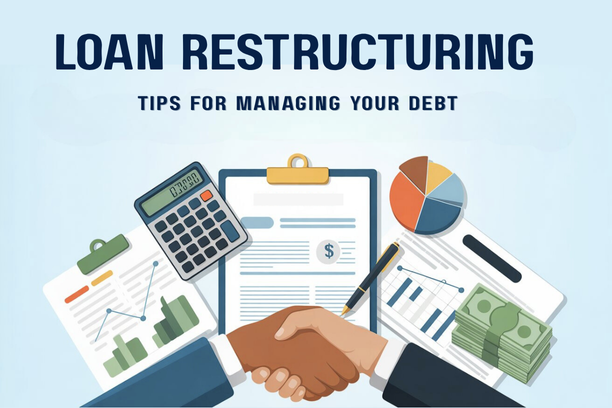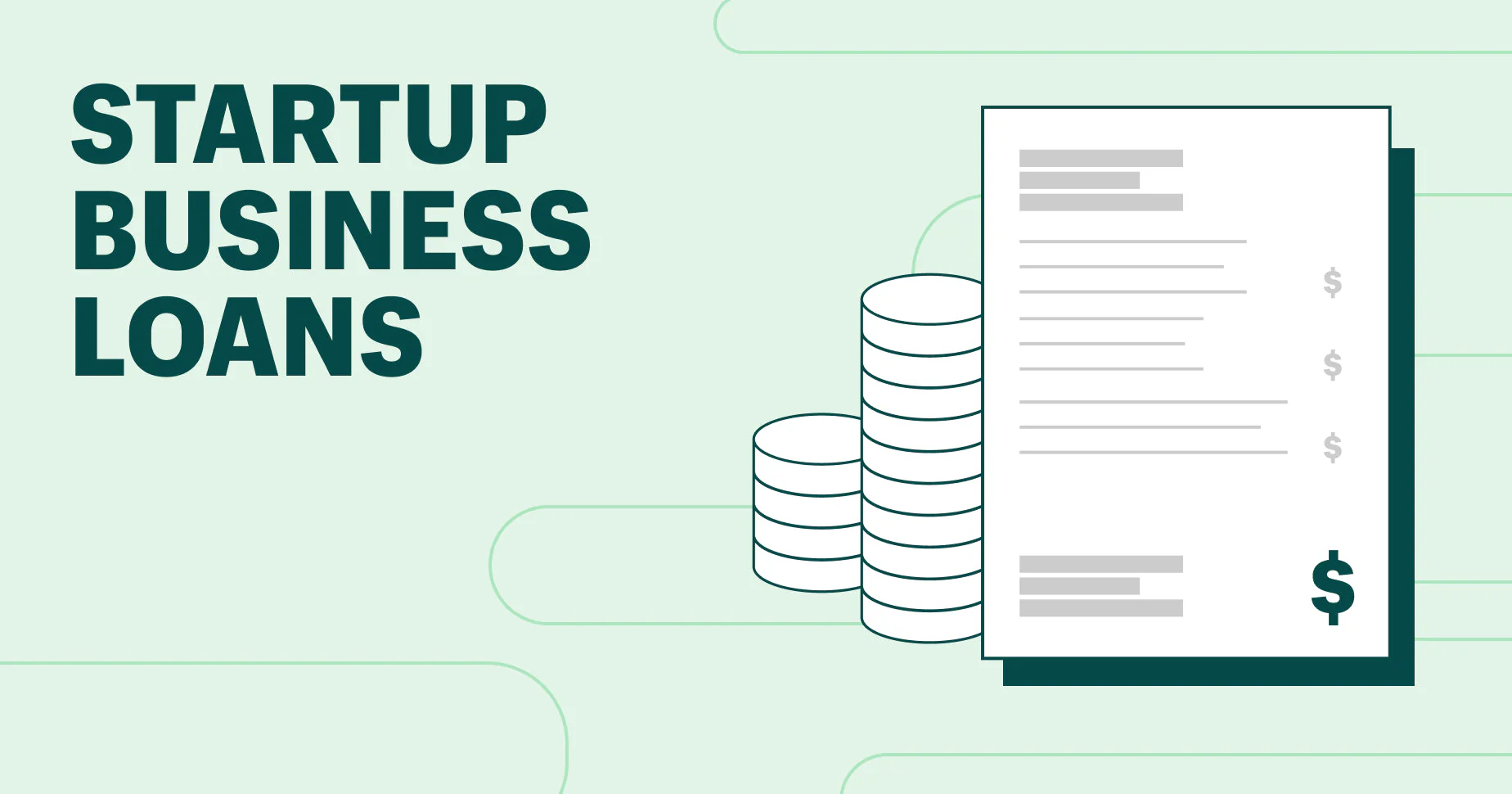For many aspiring entrepreneurs in the Philippines, the dream of starting a new business is often accompanied by a significant challenge: securing the necessary capital. While a great business idea is the first step, funding it with a loan can be a major hurdle, as new companies typically lack the track record and financial history that traditional lenders require. So, is it possible to get a business loan as a new company? The answer is yes, but it requires a different approach. This guide will explore the challenges and provide a roadmap to the alternative financing options available for new businesses.
The Hurdles of Traditional Lending for Startups
Traditional banks are often the first place an entrepreneur thinks of when looking for a business loan. However, for a new company, a bank’s lending criteria can be a major barrier. Banks are risk-averse institutions, and their lending models are built to support established businesses with a history of profitability and a long track record. Understanding these hurdles is the first step toward finding a more suitable financial partner.
The Lack of a Financial Track Record
The most significant challenge for a new company seeking a bank loan is the absence of a financial track record. A bank’s primary requirement for a business loan is typically two to three years of Audited Financial Statements (AFS) and Income Tax Returns (ITR). These documents provide the bank with the evidence it needs to assess a business’s stability, profitability, and its ability to repay a loan. For a new company, which has been in operation for only a few months or even less, these documents simply do not exist.
Without a financial history, a bank cannot accurately assess the risk of lending to a new business. They cannot verify the company’s profitability or its cash flow, which are the most important factors in their lending decision. For this reason, most major banks in the Philippines, such as BPI and BDO, have a minimum operating history requirement for their business loan products. This is a deliberate strategy to protect themselves from the high risk of lending to a startup, which has a higher failure rate than an established business.
An entrepreneur’s time is better spent exploring financing options that do not rely on a multi-year financial history. These lenders have a different approach to risk assessment and are more willing to look at a new business’s potential rather than its past. They understand the catch-22 that new entrepreneurs face: you need money to build a track record, but you need a track record to get money.
The Absence of Collateral and a Good Credit Score
In addition to a financial track record, a new company often lacks the assets required for collateral. A bank loan is often secured by a real estate property or other high-value assets. For a new business that may be renting its office space and operating with minimal assets, providing collateral is simply not an option. The collateral serves as a safety net for the bank; if the business fails to repay the loan, the bank can seize and sell the asset to recoup its losses. Without collateral, the bank has a higher risk exposure, which makes them less likely to approve the loan.
The business owner’s personal credit score is also a significant factor. While a new company has no business credit history, the bank will scrutinize the personal credit history of the owner. A good credit score is a reflection of the owner’s financial responsibility and is a key indicator of their ability to manage debt. If the owner has a history of late payments or has a high debt-to-income ratio, the bank may see them as a high-risk borrower.
For these reasons, a new business should look for lenders that offer collateral-free or unsecured loans. These loans are approved based on the business’s potential and the owner’s personal financial standing. They are often smaller in amount and have a shorter repayment period, but they are a great way for a new business to get the capital it needs to build a financial track record and a good credit score.
Your Best Financing Options as a New Company
Given the challenges with traditional banks, a new company must explore alternative financing options. The lending landscape in the Philippines has evolved, with a variety of institutions and programs that are specifically designed to support startups and micro-enterprises. These options offer a more accessible and flexible approach to financing, making them the most practical choice for a new company.

Microfinance Institutions and Government Programs
For new and small-scale businesses, microfinance institutions (MFIs) are an excellent source of funding. Organizations like CARD MRI and ASA Philippines offer micro-loans with minimal collateral and simplified requirements. Their loans are often based on the borrower’s personal reputation, a strong business plan, and a small-scale operation. They are more focused on the character of the entrepreneur than on a multi-year financial history. The loans are typically for smaller amounts, perfect for covering initial inventory, purchasing a few pieces of equipment, or renting a small space.
Government agencies also offer excellent programs for new companies. The Department of Trade and Industry (DTI), through the Small Business Corporation (SB Corp), offers a variety of loan products, including the Pondo sa Pagbabago at Pag-asenso (P3) program. This program is specifically designed to provide affordable financing for micro and small enterprises (MSMEs). The interest rates are often lower than those of informal lenders, and the requirements are much more lenient than those of commercial banks. SB Corp’s mission is to support the growth of MSMEs, making them a willing and supportive partner for new businesses.
The key advantage of these programs is their mission-driven nature. They understand the unique challenges that a new company faces and are more willing to take on a higher risk in exchange for a higher return. The application process is often faster, and the loan terms are designed to be more flexible, which makes them a great way for a new company to get the initial capital it needs to grow.
Fintech Lenders and Alternative Financing
In the age of digital commerce, new companies also have access to a variety of innovative fintech lenders. These companies have leveraged technology and alternative data to create a faster, more flexible lending model. For example, if you are a new business that accepts payments through a platform like Maya Business or Grab Financial Services, you may be eligible for a business loan based on your transaction history. The more transactions you process, the more data the lender has to assess your creditworthiness, even without a long financial track record.
Fintech lenders, such as First Circle and Advance.ph, offer a variety of short-term financing options, including invoice financing and inventory loans. The application process is often entirely online, with approval and disbursement happening in a matter of days. This speed is a significant advantage for a new company that needs urgent access to cash to take advantage of a market opportunity or to cover an unexpected expense. While the interest rates may be slightly higher than those of a traditional bank, the convenience and speed are invaluable.
Another option for a new company is to get a personal loan and use it for business purposes. While this is not a business loan, it is a great way for a new company to get its initial capital. Personal loans are often unsecured, and the requirements are based on the owner’s personal income and credit score. For a new business that has not yet generated a stable revenue, a personal loan can provide the necessary funds to get the business off the ground.
Conclusion
Getting a business loan as a new company is not only possible but also a viable option when you know where to look. While traditional banks may not be the right fit, a new company has a variety of excellent alternatives, from microfinance institutions and government programs to new fintech lenders. By understanding the unique conditions of these lenders and targeting your application to the right institution, you can get the capital you need to turn your entrepreneurial dream into a thriving reality.













